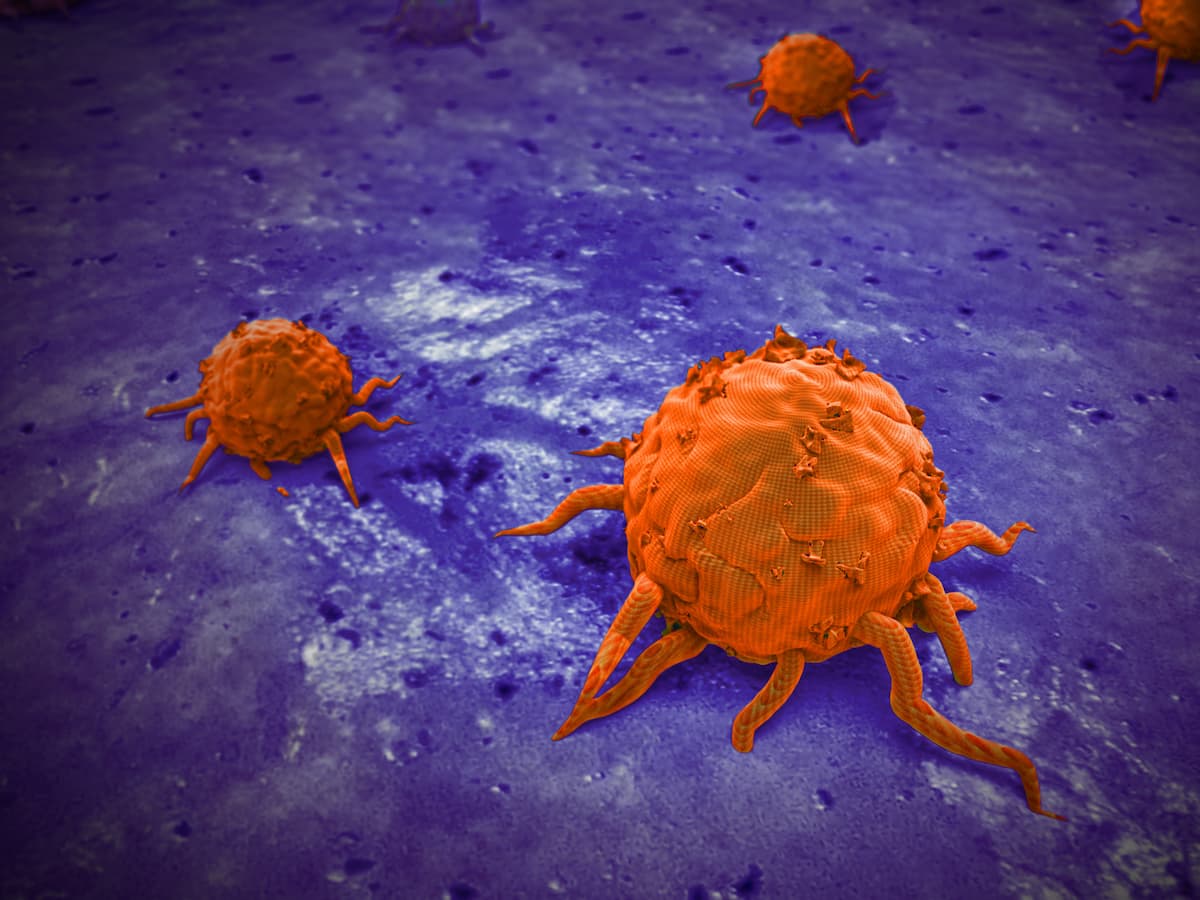Data Show Short-Course Radiotherapy Increase in Prostate Cancer
Realigning value-based models to increase reimbursement for hypofractionated radiotherapy in prostate cancer may minimize barriers to access among underserved communities.
“Realignment of value-based models to appropriately increase reimbursement for hypofractionation may reduce barriers to nationwide adoption and may ensure access to this treatment for underserved communities," according to the study authors.

The use of short-course hypofractionated radiotherapy in localized prostate cancer saw a continuous increase from 2004 to 2020, according to findings from a cohort study published in JAMA Oncology.
The rate of patients who underwent moderate hypofractionated radiotherapy went from 22.0% in 2004 to 45.0% in 2020 (P <.001). Additionally, the rate of conventional fractionation was 46.0% in 2019 and 36.6% in 2020 (P <.001). The use of ultrahypofractionated radiation increased from 2.0% in 2004 to 18.3% in 2020 (P <.001).
According to multivariate analysis, factors including Medicare and private insurance or managed care vs Medicaid (odds ratio [OR], 1.54; 95% CI, 1.45-1.62; P <.001) and higher median income of area of residence vs lower median income (OR, 1.28; 95% CI, 1.25-1.31; P <.001) correlated with an increased likelihood of receiving shorter radiotherapy courses. Moreover, Black race compared with White race (OR, 0.90; 95% CI, 0.87-0.92; P <.001) and treatment in a community cancer program vs an academic program (OR, 0.54; 95% CI, 0.52-0.56; P <.001) had a significant inverse association with shorter radiotherapy schedules.
Undergoing treatment at a community cancer program (OR, 0.21; 95% CI, 0.19-0.23; P <.001), having Medicaid insurance (OR, 1.58; 95% CI, 1.43-1.74; P <.001), being Black (OR, 0.78; 95% CI, 0.75-0.81; P <.001), and having a higher median income (OR, 1.52; 95% CI, 1.47-1.58; P <.001) correlated with hypofractionated radiotherapy use based on multivariate analysis.
“Reduced adoption [of hypofractionated radiotherapy] was associated with multiple social determinants of health,” the study authors wrote. “Realignment of value-based models to appropriately increase reimbursement for hypofractionation may reduce barriers to nationwide adoption and may ensure access to this treatment for underserved communities.”
Investigators of this cohort study derived data from the National Cancer Database (NCDB), which included reports from over 1500 accredited facilities. These data were used to evaluate the current practice patterns of external beam radiotherapy (EBRT) for patients with prostate cancer in the United States. Radiotherapy schedules were categorized as ultrahypofractionated if delivered in no more than 7 fractions, moderate hypofractionated with 20 to 30 fractions, and conventional fractionation when administered in 31 to 50 fractions.
The trial’s primary end point was longitudinal patterns in radiotherapy fractionation schedules. Investigators used multivariate regression to evaluate the variables that correlated with shorter courses of radiation. Covariables of interest included age, National Comprehensive Cancer Network disease risk group, rurality, race, facility location, facility type, median income, and Charlson-Deyo Comorbidity Index.
Those who were diagnosed with localized prostate adenocarcinoma from 2004 to 2020 and received EBRT were included in the study. Patients who received a minimum of 50 treatments were excluded, as were those who received 8 to 19 fractions of radiation.
The study analysis included a total of 313,062 patients who received EBRT for prostate cancer. The median patient age was 69.0 years (range, 25.0-90.0). Overall, most patients resided in a metropolitan area (82.3%), were White (78.5%), received treatment in a South Atlantic facility (21.5%), and were insured with Medicare (60.4%). Additionally, a majority underwent treatment at a comprehensive community cancer program (42.8%) and had unfavorable indeterminate disease (31.8%).
According to the investigators, the study’s retrospective and observational structure posed a limitation. Another limitation included the fact that the NCDB did not contain data representing the entire American population—it only reported patients treated at hospital-affiliated centers—which may have led to an underestimation of disparities in access to hypofractionated radiotherapy.
Reference
Yu JB, Sun Y, Jia AY, et al. Increasing use of shorter-course radiotherapy for prostate cancer. JAMA Oncol. Published online October 5, 2023. doi:10.1001/jamaoncol.2023.4267
Newsletter
Stay up to date on recent advances in the multidisciplinary approach to cancer.